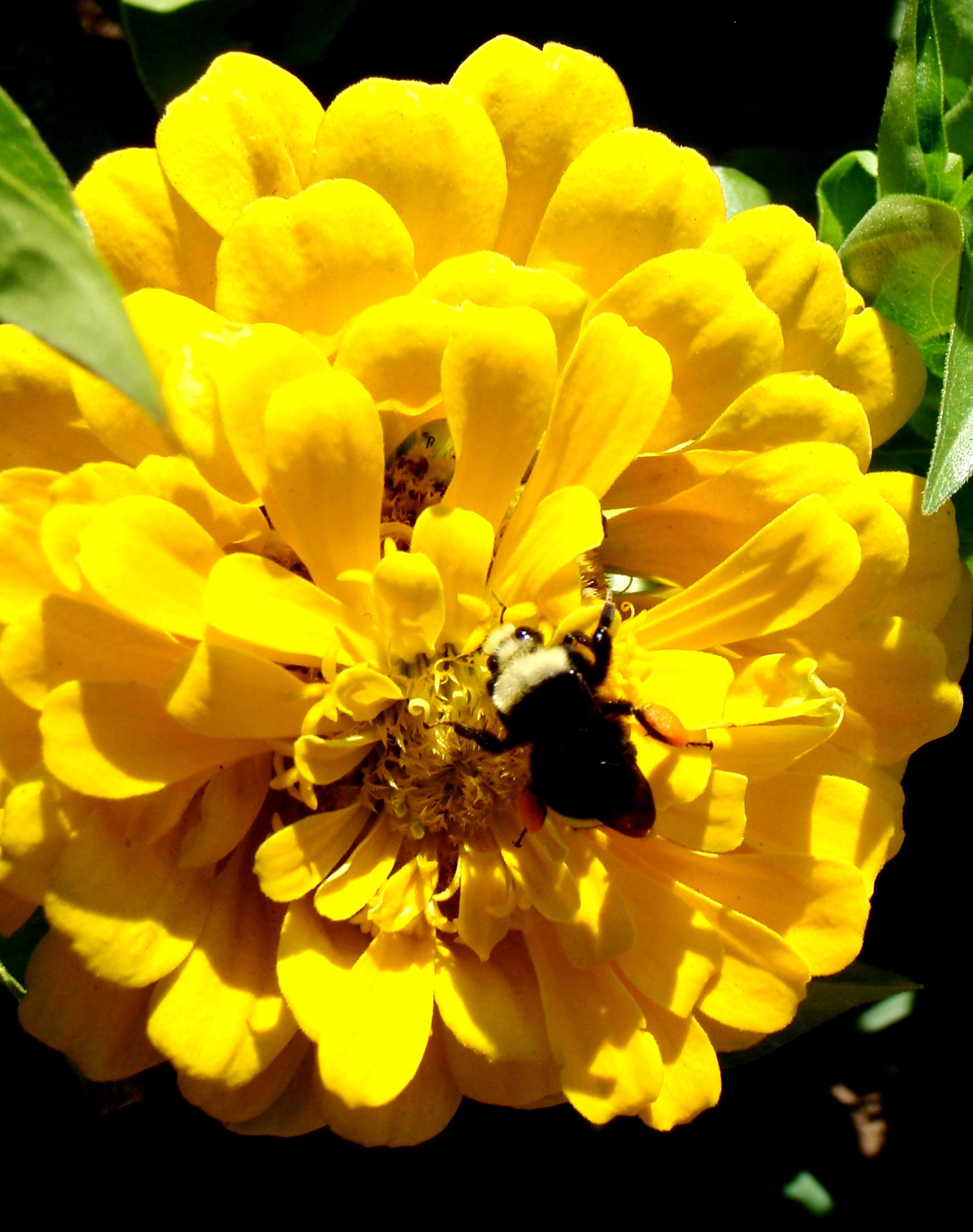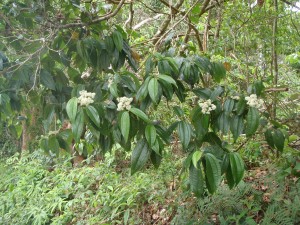This research examines dispersal processes of native pollinators, including the Yellow-faced bumble bee, Bombus vosnesenskii. Bumble bees are one of the most effective crop pollinators and are also among the first species to be lost as natural ha bitat is destroyed. Because bumble bee colony-mates are sisters and can be identified as colony-mates with genetic clustering statistics, we can examine the influence of local and regional habitat parameters on colony numbers and colony sizes across a variety landscapes. By integrating a detailed molecular analysis with field surveys, GIS modeling and pollen load analyses, this research explores how local and regional landscapes influence bumble bee foraging, colony inbreeding levels, and population-level gene flow. Using genomic tools, we are currently expanding this work to examine historic and contemporary gene flow processes for carpenter bees, long-horned bees, and sweat bees.
bitat is destroyed. Because bumble bee colony-mates are sisters and can be identified as colony-mates with genetic clustering statistics, we can examine the influence of local and regional habitat parameters on colony numbers and colony sizes across a variety landscapes. By integrating a detailed molecular analysis with field surveys, GIS modeling and pollen load analyses, this research explores how local and regional landscapes influence bumble bee foraging, colony inbreeding levels, and population-level gene flow. Using genomic tools, we are currently expanding this work to examine historic and contemporary gene flow processes for carpenter bees, long-horned bees, and sweat bees.
We are also investigating spatial genetic  structuring in M. affinis populations in order to understand historical gene flow patterns (e.g., colonization) within coffee farms, forest patches, and abandoned cattle pasture in Mexico and Panama. Specifically, we use seed paternity analyses to track pollen movement across habitats in order to examine how landscape composition influences individual pollinator and seed disperser movement for M. affinis. Ultimately, this research program is aimed at understanding the permeability of human-altered landscapes to tropical plants and their pollinators.
structuring in M. affinis populations in order to understand historical gene flow patterns (e.g., colonization) within coffee farms, forest patches, and abandoned cattle pasture in Mexico and Panama. Specifically, we use seed paternity analyses to track pollen movement across habitats in order to examine how landscape composition influences individual pollinator and seed disperser movement for M. affinis. Ultimately, this research program is aimed at understanding the permeability of human-altered landscapes to tropical plants and their pollinators.
